English Longsword
While the backsword, longbow, quarterstaff, bill and sword-and-buckler were well known as English martial specialities, the two-handed sword is more often associated with the Germans, who produced an impressive number of fechtbuchs or combat manuals on the topic. However, the records of the Masters of Defence, the guild that oversaw the teaching of traditional English martial arts, show that “prizes” (gradings) were fought with the two-handed sword extremely commonly. Additionally, the earliest works on English swordplay in existence are devoted to the “two-handed sword.”
Apart from Silver, there are three known sources for the peculiarly English style of two-handed swordsmanship, all of which are handwritten manuscripts. The anonymous Harleian MS. 3542 is dated circa 1450, and comes in two parts - a descriptive series of techniques, and “The Play with the 2 Hand Sword in Verse”, colloquially known as “The Man Who Wol”. These two parts might be considered two separate documents, and may come from separate sources. The Cotton Titus MS. is later in date, maybe late 15th century, and also comes in two parts, the “Strokez off ij hand swerde” and “Strokes atte þe ij hande staffe”. Additional MS. 39564, signed by “J. Ledall”, is later still, the script suggesting the early 16th century.
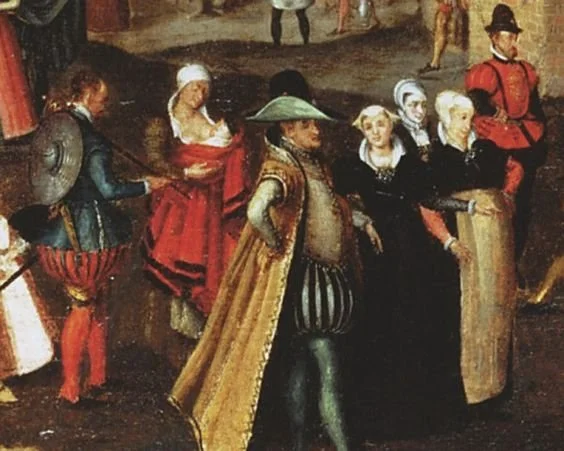
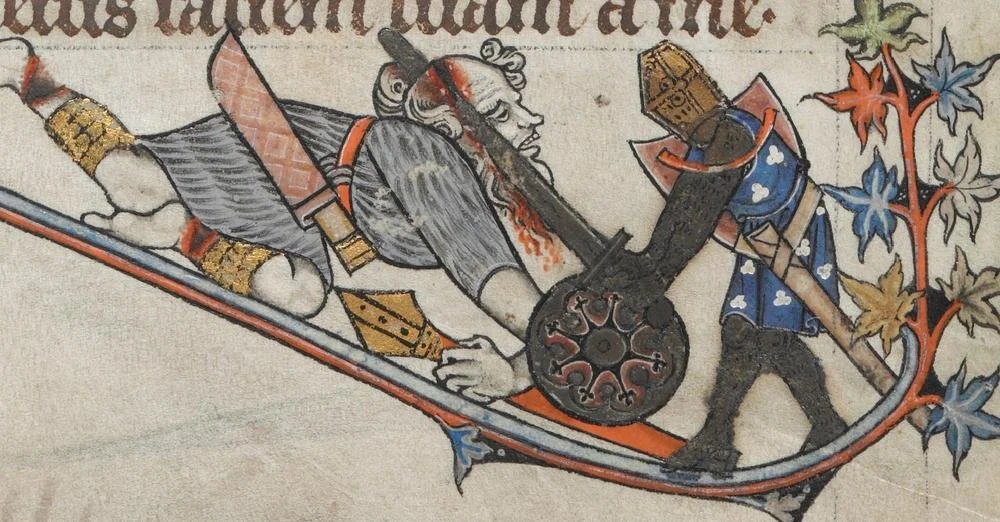
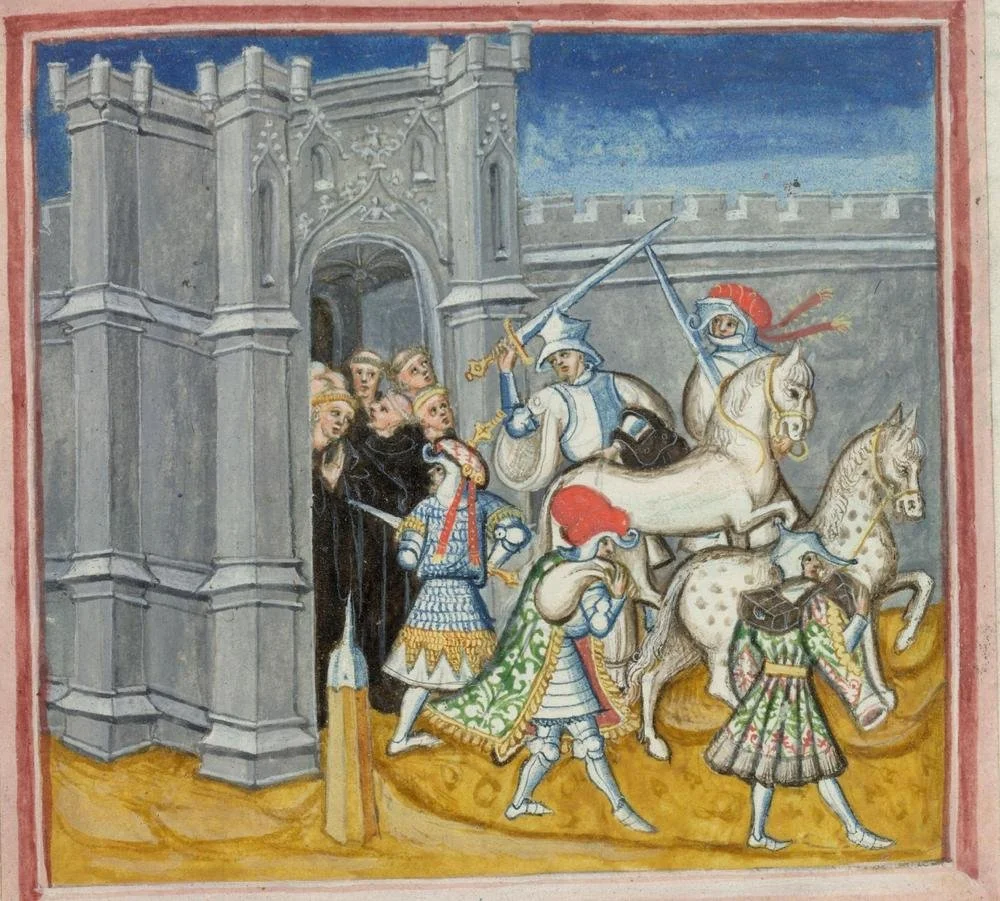



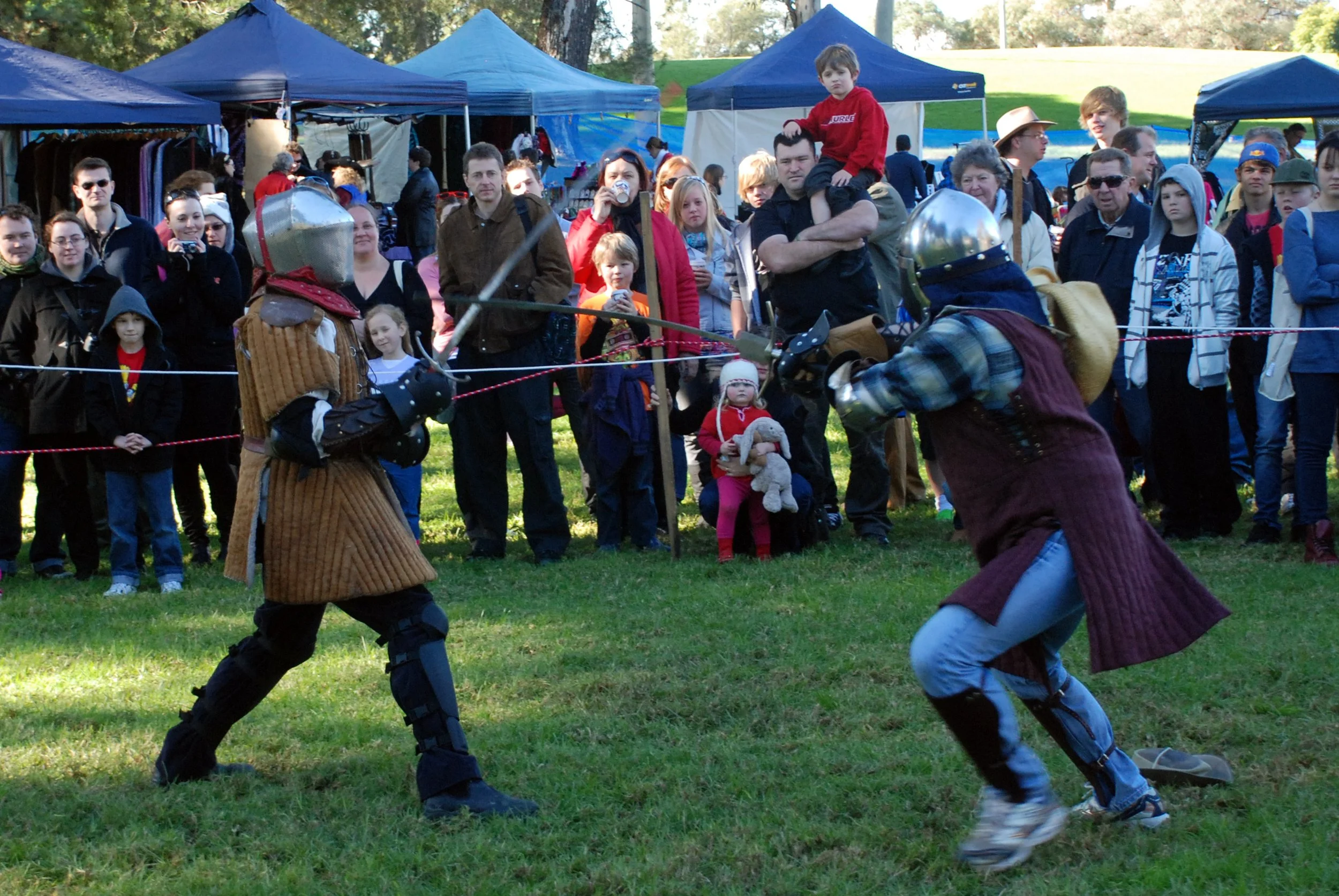
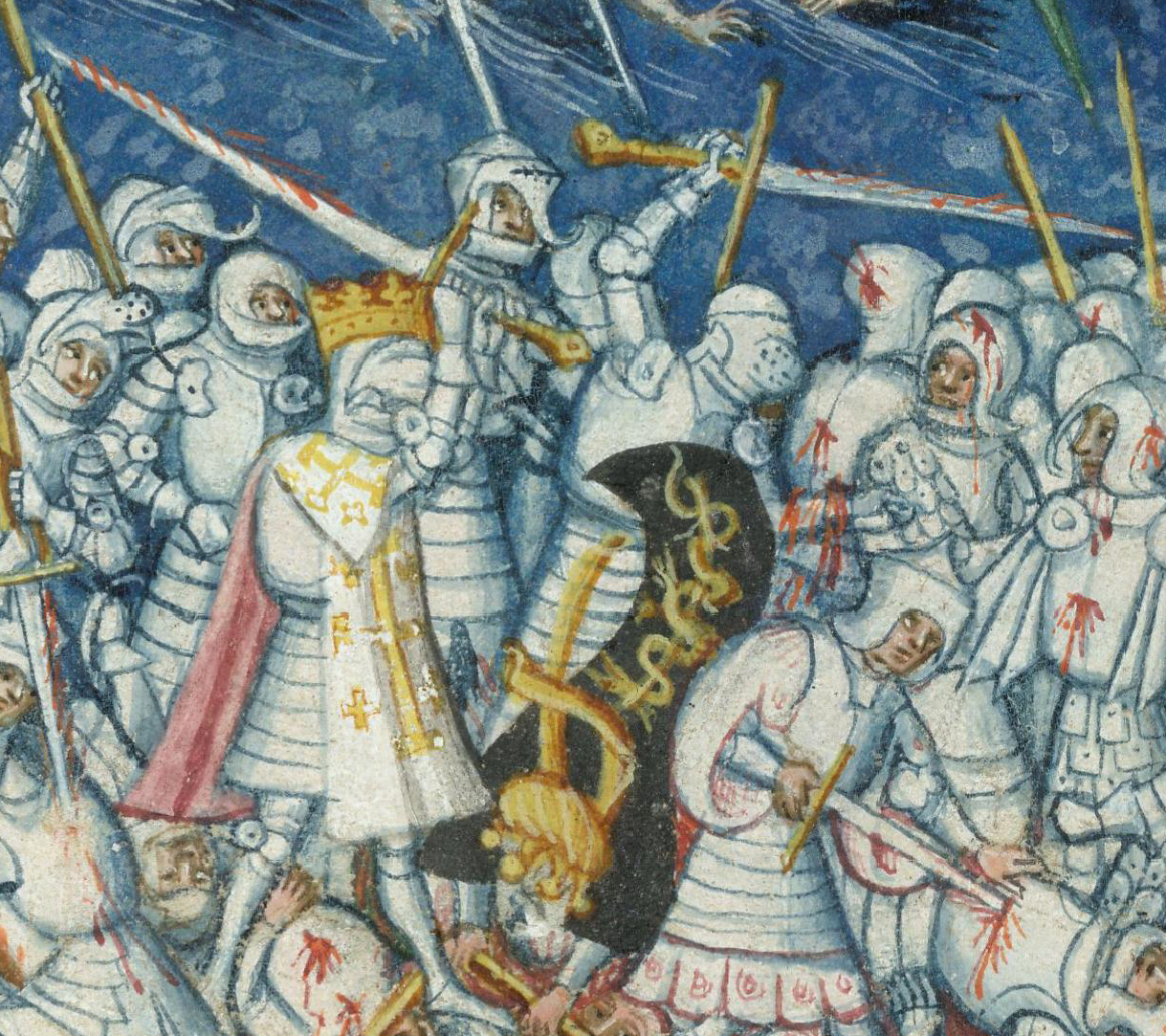
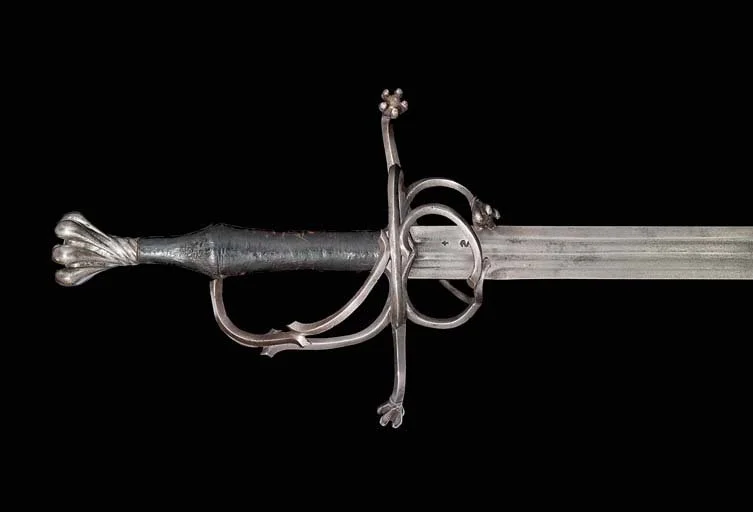
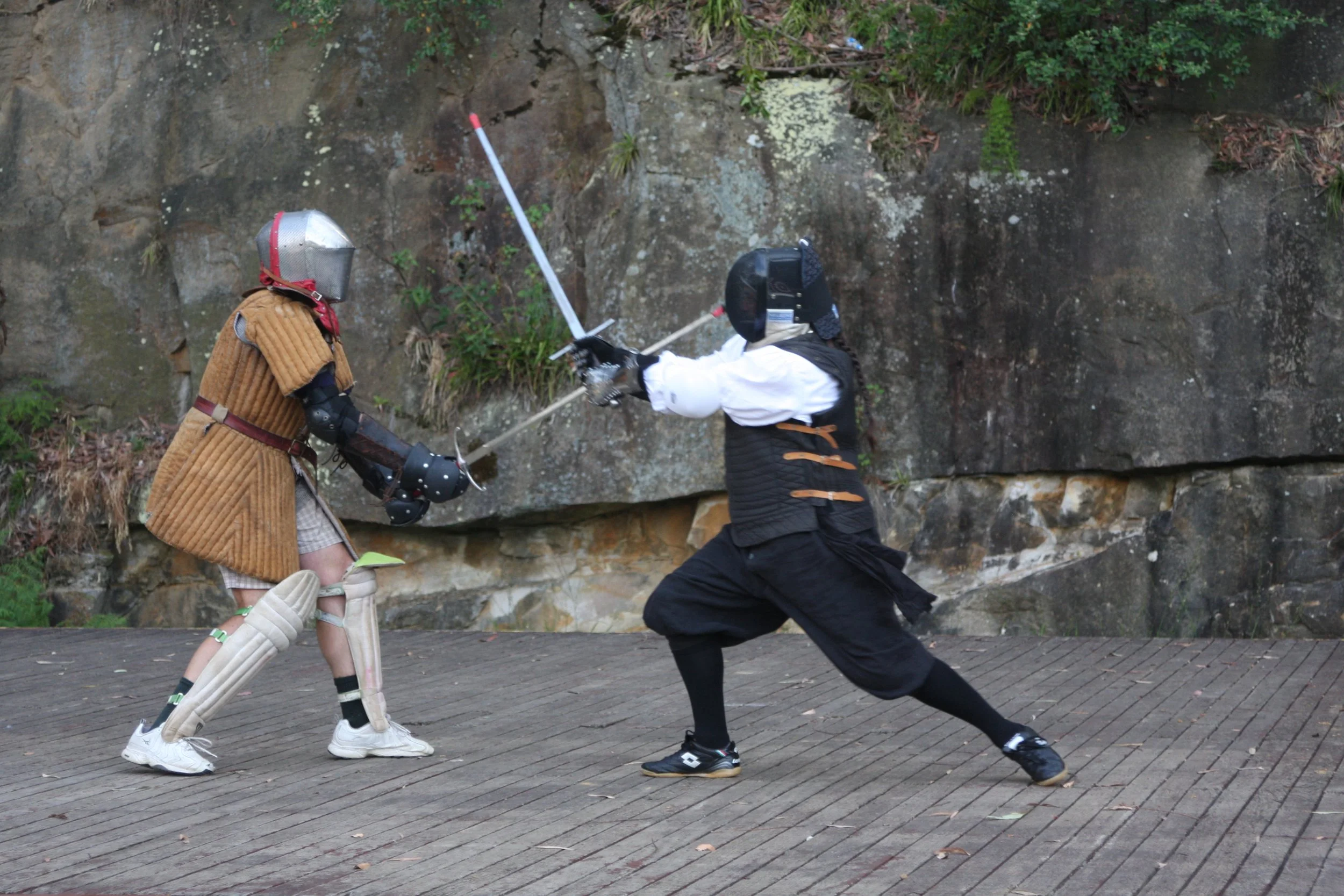
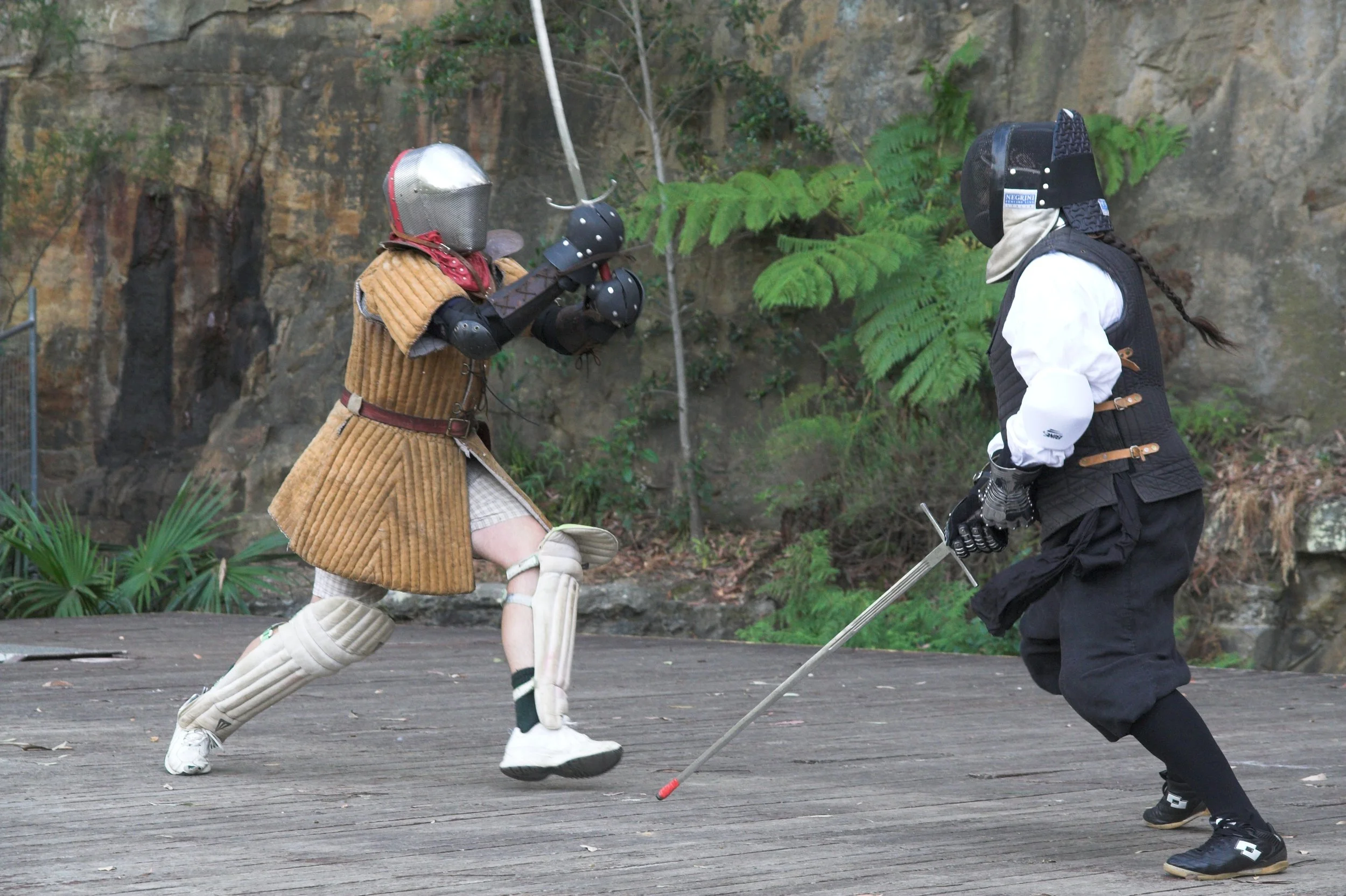
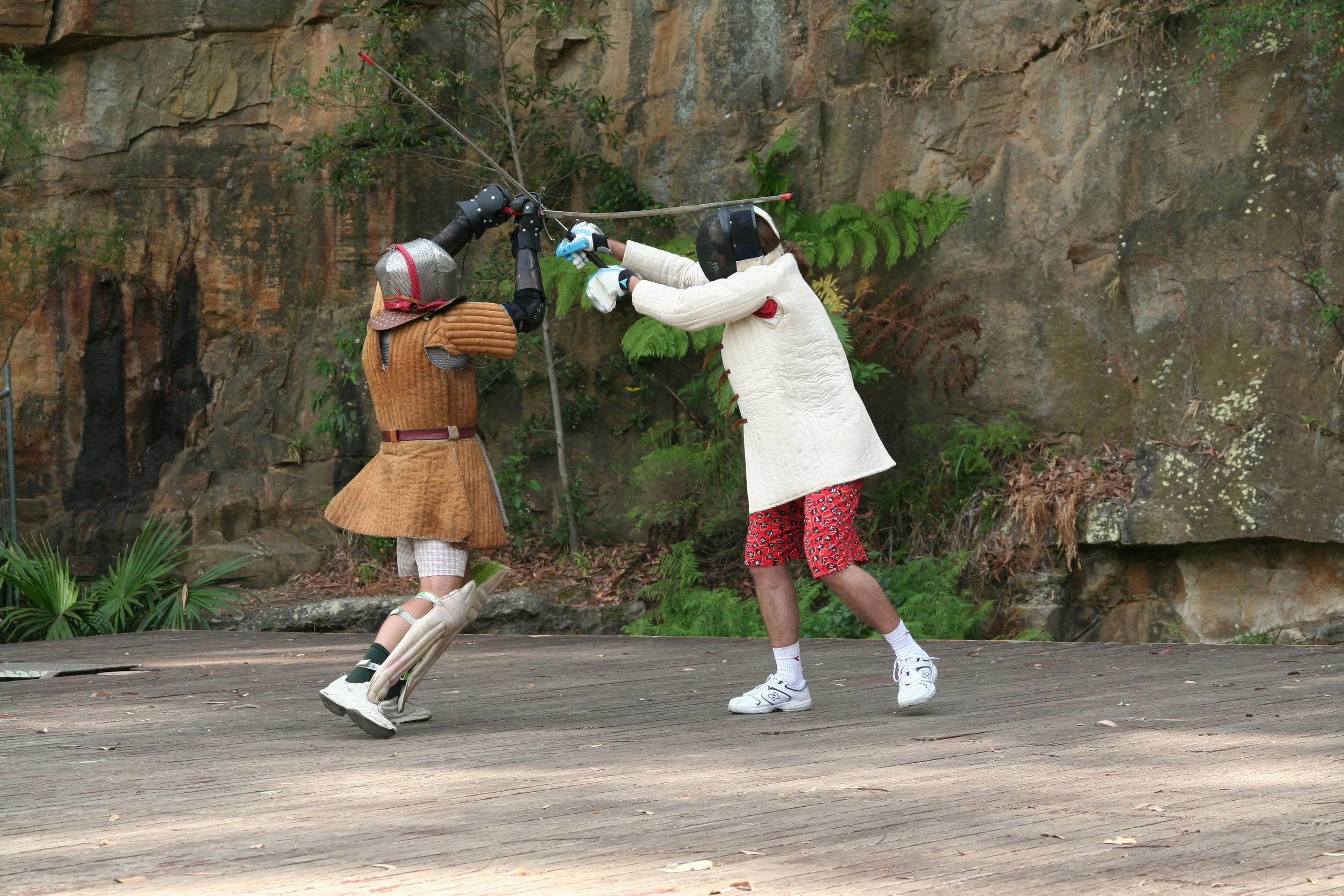


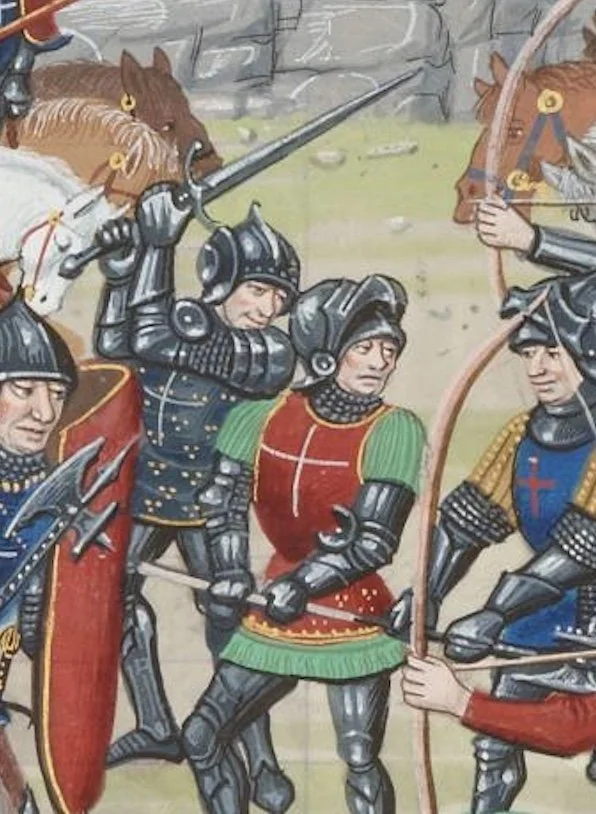
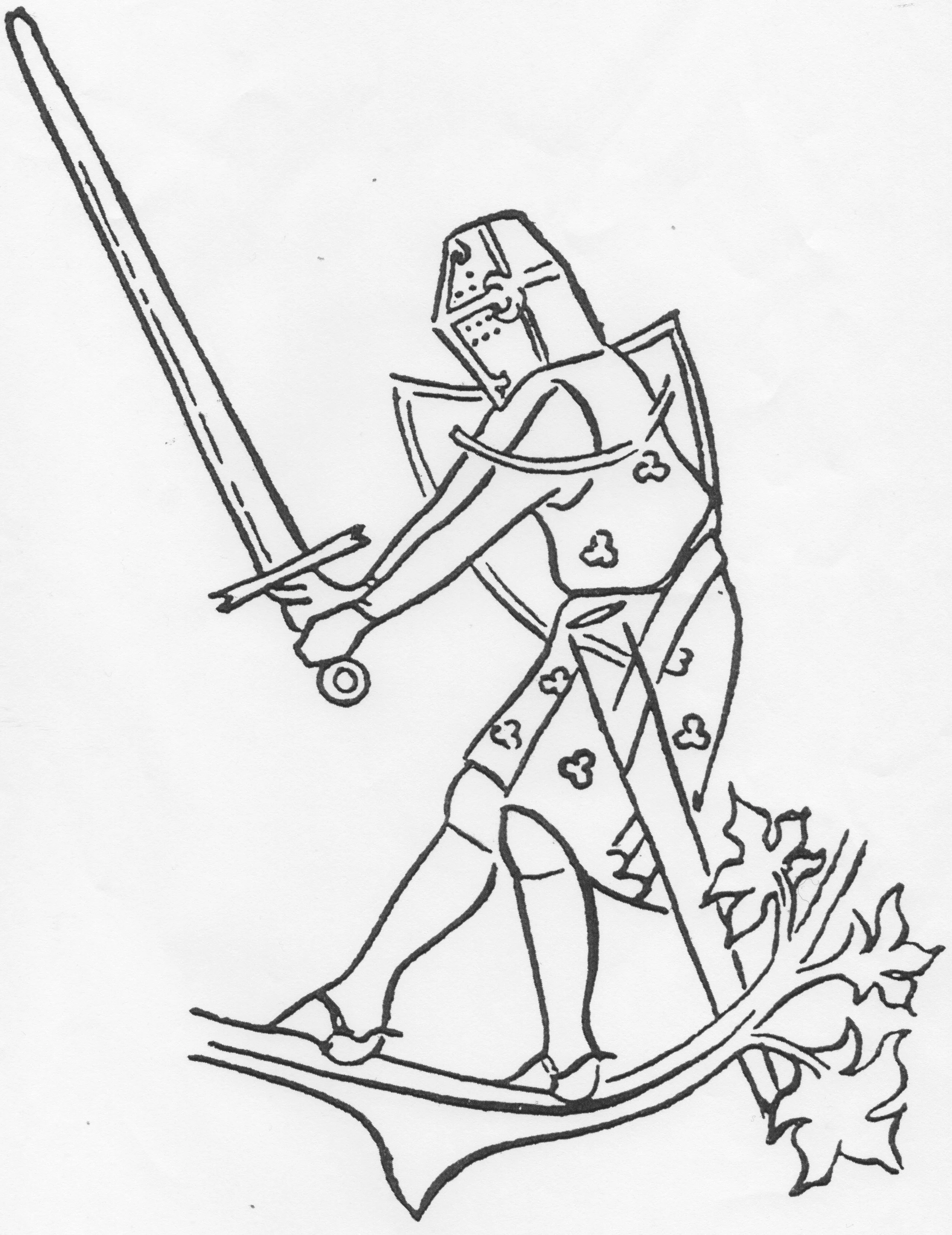

There were a tremendous variety of two-handed swords produced throughout Europe, varying in lengths, weight, balance and profile depending on the intended use. Some, such as the 14th century “sword of war”, were broad-bladed cutting models, while later knightly longswords had thick, tapering diamond-section blades designed to pierce the gaps in plate armour. In England, however, there was a clear distinction made between the “longe sworde” or “two handed sword” (which were interchangeable terms, the latter being by far the most common), and the “Basterd Sword.” For example, the records of the London Masters of Defence from the first half of the 16th century contain numerous examples of Prizes fought with the long sword/two handed sword, as well as the Bastard Sword.
According to Swetnam, the Bastard Sword was “something shorter then a long Sword, and yet longer then a Short-sword”. The term appears to be French in origin, Marc de Vulson defining it as “bastard swords being able to serve with one hand or two,” and this is confirmed as the English usage in The dictionary of syr Thomas Eliot, knight which defines “Spatha” as “a two handed or bastarde sworde.” Interestingly, Randle Cotgrave’s 1611 French-English Dictionary defines “Espadon” as “A short two-handed sword.”
Silver in particular recommended a weapon than could both cut and thrust with equal efficacy, and said “The perfect length of your two hand sword is, the blade to be the length of the blade of your single sword,” that is around 90cm (36"), and says you may “play upon double & single hand, at the 2 hand sword”, indicating a weight that could be wielded with one hand as well as two. Given this, his recommended weapon would be classed as a “Bastard sword” in English terminology.
Ledall’s manuscript in particular contains a great many single-handed cuts and thrusts with both the left hand and the right, which would also indicate that it was intended as instructions for the short, light Bastard Sword.
